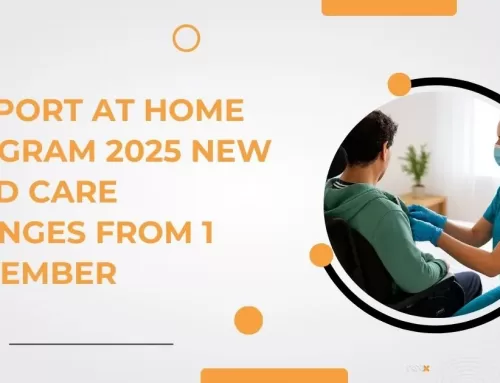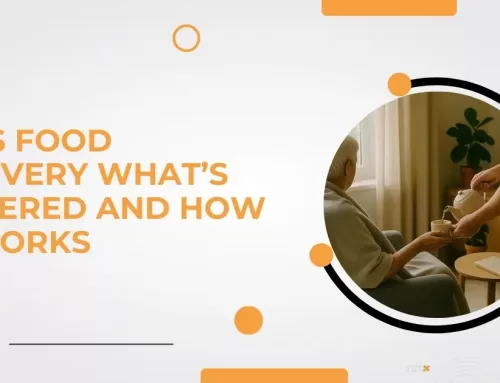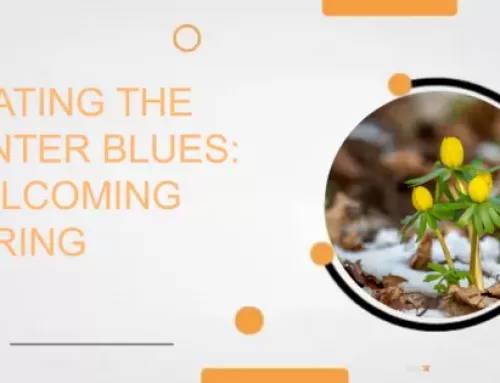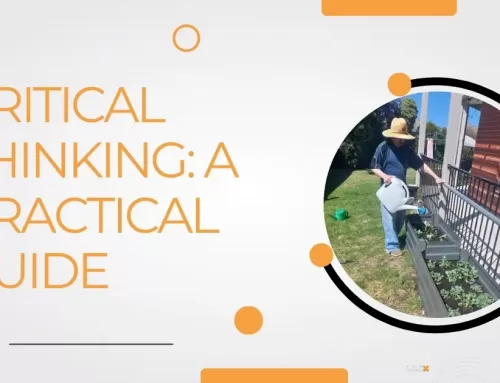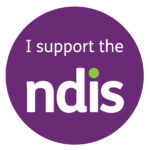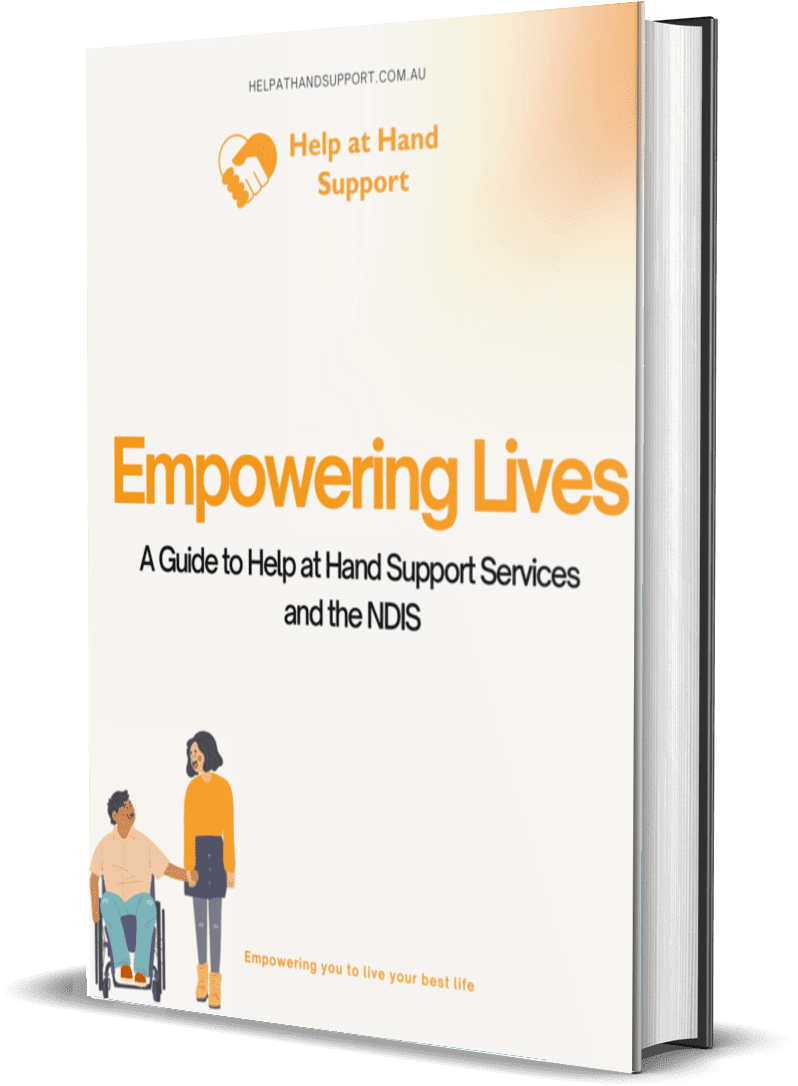Understanding Down Syndrome: Causes, Symptoms, and Support
Each year in Australia, around 265 babies are born with Down syndrome that’s approximately 1 in every 1,158 births. Today, an estimated 13,000 to 15,000 people across the country are living with Down syndrome, each with their own strengths, challenges, and unique potential. Understanding how the NDIS supports individuals with Down syndrome is essential for ensuring they receive the care and opportunities they deserve.
What is Down Syndrome?
Down Syndrome is a genetic condition caused by the presence of an extra copy of chromosome 21, which leads to developmental delays and physical differences. It is one of the most common chromosomal conditions, affecting about 1 in every 700 births.
Key Characteristics of Down Syndrome:
- Cognitive: Mild to moderate intellectual disability
- Physical: Distinct facial features, low muscle tone
- Health risks: Higher chances of heart defects, hearing issues, and thyroid conditions
Common Signs and Symptoms of Down Syndrome
🧍♂️ Physical Feature:
- Flatter face and shorter nose bridge
- Almond-shaped, slanted eyes
- Smaller body size and shorter stature
- Smaller hands and feet
🧠 Developmental Traits:
- Developmental delays
- Delayed motor skills (e.g., crawling or walking)
- Mild to moderate intellectual disabilities
- Delayed speech and language development
Types of Down Syndrome
There are three main types of Down syndrome:
Causes and Risk Factors
Down syndrome usually occurs by chance, but the risk increases with maternal age. While not typically inherited, genetic counselling can be helpful, especially in translocation cases, to understand the risk of recurrence.

How Is Down Syndrome Diagnosed?
👉 Prenatal Screening: Blood tests and ultrasounds help estimate the chances of Down syndrome during pregnancy.
👉 Diagnostic Tests: If screening suggests a risk, tests like amniocentesis or CVS provide a definite answer.
👉 Postnatal Testing: After birth, a chromosome test confirms if a baby has Down syndrome by looking for an extra chromosome 21.
Support Services and Therapies for Down Syndrome
Support for people with Down syndrome is tailored to their unique needs and focuses on improving their overall development and independence. Early intervention such as physical, speech, and occupational therapies can begin shortly after birth and greatly benefit learning and communication.
As children grow, personalised education plans and therapies support school participation and skill-building. Behavioural therapy helps manage emotional and social challenges, while assistive devices can aid in daily activities and learning.
Consistent medical care and supportive environments are key to long-term health and well-being.
Sources:
- Down Syndrome Australia – downsyndrome.org.au
- Mayo Clinic – Down Syndrome Overview: mayoclinic.org
- CDC – Down Syndrome | Birth Defects: cdc.gov
- EBSCO – Mosaic Down Syndrome: ebsco.com
Check out more from our Blog
Book A Care Consult
We will be in contact with you shortly

